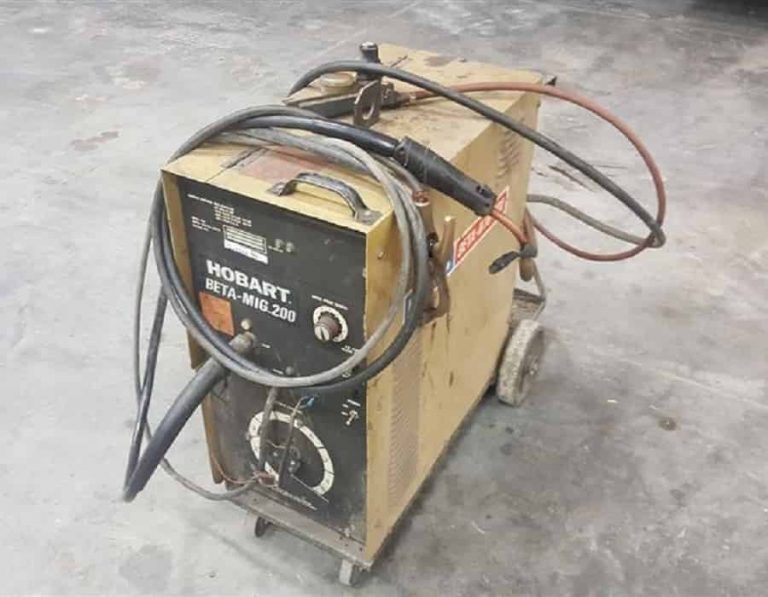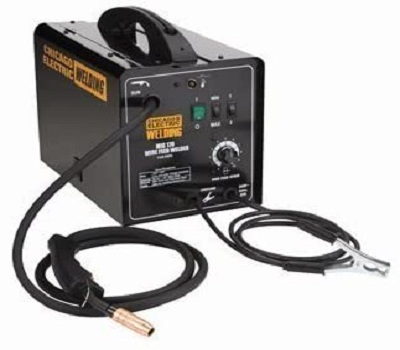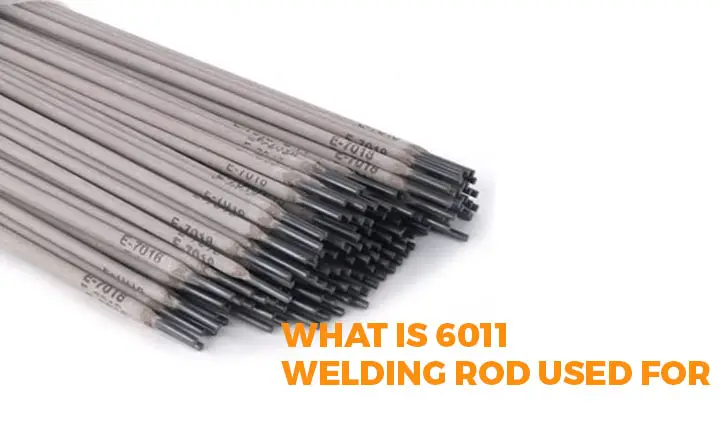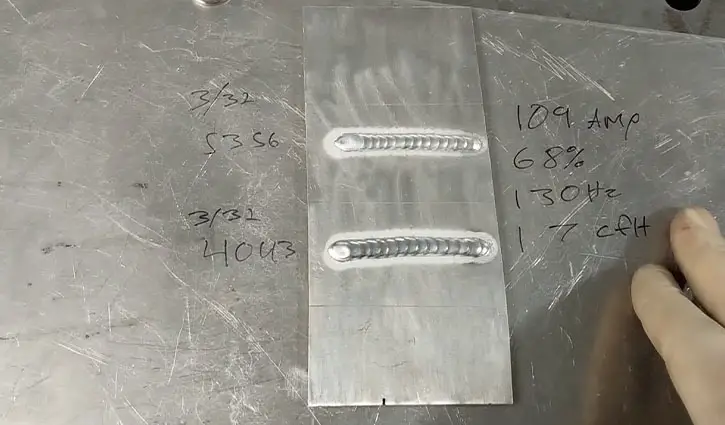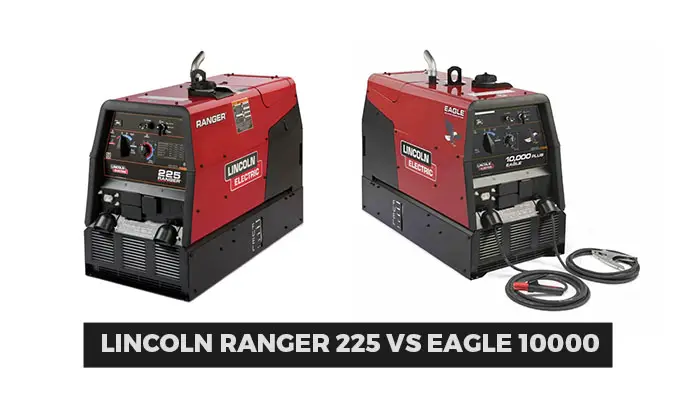Miller Syncrowave 210 Problems: Common Issues and Solutions
Welding professionals often opt for the Miller Syncrowave 210 because of its versatility in TIG and stick welding. This machine is praised for its ease of use and control, which can produce high-quality welds in various materials and thicknesses. However, like all complex equipment, the Syncrowave 210 may face challenges that can impact its performance.

Understanding the potential issues is key to maintaining the efficiency of the Syncrowave 210. Problems can range from high spatter in MIG operation to difficulties with starting an arc or issues with post-flow settings. Addressing these concerns promptly ensures that the machine operates at its best and continues to deliver the quality workmanship associated with the Miller brand.
Table of Contents
Key Takeaways
- The Miller Syncrowave 210 excels in TIG and stick welding tasks.
- Awareness and troubleshooting of issues are crucial for performance.
- Regular maintenance supports the longevity of the welding equipment.
Common Issues and Troubleshooting
When addressing the Miller Syncrowave 210, common problems can often be managed through diligent troubleshooting and maintenance. I will guide you through resolving some of the most frequent issues.
Power and Heat Control Problems
Encountering power fluctuations or heat control issues in my welder usually indicates the need to inspect the voltage and amperage settings. Ensuring they match the technical specifications in the user manual is critical. If the welder is overheating or has a compromised duty cycle, checking and repairing the circuit board can often be the fix.
Gas Flow and Arc Stability
Arc stability and gas flow can be problematic, but I typically start by examining the shielding gas supply. For a stable arc, I confirm adequate gas flow and fix any leaks. Using the correct settings for metals, like when welding with 7018, helps in reducing spatter and porosity.
Torch and Cable Issues
To remedy torch and cable complications, I first inspect the TIG torch, foot pedal, and cables for visible damage, such as worn insulation or bent connectors. Regular maintenance of the tip and work clamp improves conductivity and fusion quality. If problems persist, consulting the manual or a professional for troubleshooting steps may be necessary.
Operational Guidance and Maintenance
The performance and longevity of your Miller Syncrowave 210 welder hinge on following correct operational procedures and adhering to a strict maintenance schedule.
Setup and Techniques
I ensure my TIG welding machine is configured to the proper settings by consulting the service manual. It’s critical to select the appropriate argon flow, ac balance, and collet size. When using the foot pedal, my movements are smooth for consistent power delivery.
Material Specific Welding
Working with different materials, I adjust my technique accordingly. For aluminum, an AC TIG setting is best, while DC TIG suits stainless and chrome-moly. Proper tungsten electrode selection is vital for quality welds.
Equipment and Warranty Service
Should my equipment require service, I contact a certified service center. Real-time issues, from dc stick problems to control panel errors, are covered under the warranty or can be addressed by qualified technicians. Regular repairs maintain the integrity of the welder.
Frequently Asked Questions
In this section, I’ll answer some common questions regarding the Miller Syncrowave 210 welder to help you troubleshoot issues and better understand your machine.
How can I reset my Miller Syncrowave 210 welder?
To reset my Miller Syncrowave 210, I generally turn off the power, wait for a few moments, and then turn it back on. This can resolve minor errors and reboot the system.
What are the common error codes for the Miller Syncrowave 210 and how can they be resolved?
Common error codes for my Miller Syncrowave 210 include over-temperature and overcurrent faults. Resolving these requires checking for obstructions in airflow or reducing the duty cycle.
Where can I find a detailed manual for troubleshooting the Miller Syncrowave 210?
A detailed manual for troubleshooting my Miller Syncrowave 210 can be found here, which provides in-depth guidance on addressing various issues.
How can I address an overcurrent fault on my Miller Syncrowave 210 welder?
When I face an overcurrent fault, I ensure that the duty cycle isn’t exceeded, check for loose connections, and inspect the machine for any potential short circuits.
What steps should be taken when experiencing circuit board issues with the Miller Syncrowave 210?
If I suspect circuit board issues with my Miller Syncrowave 210, the first step is to check all connections. If the problem persists, contacting a qualified technician is advisable.
What is the physical size of the Miller Syncrowave 210 unit?
The physical dimensions of my Miller Syncrowave 210 are critical for space planning. Its compact size allows for greater flexibility in my workshop layout.
Final Words
When addressing common issues with the Miller Syncrowave 210, I recognize the importance of troubleshooting and maintenance. From my experience, ensuring there’s enough shielding gas and checking weld parameters can solve many problems. I advise regularly calibrating the machine to prevent common pitfalls.
In my practice, I focus on clean, rust-free base materials for optimal performance. Remember, correct voltage and travel speed are crucial. When welding challenges arise, I refer to professional guides like Troubleshooting Miller Syncrowave 210 Problems or participate in communities such as the Miller Welding Discussion Forums to resolve issues.
Lastly, when I face a complex problem, I don’t hesitate to consult the Welding Tips and Tricks forum. Through this combined knowledge and a methodical approach, I effectively manage any concerns with my Syncrowave 210.

